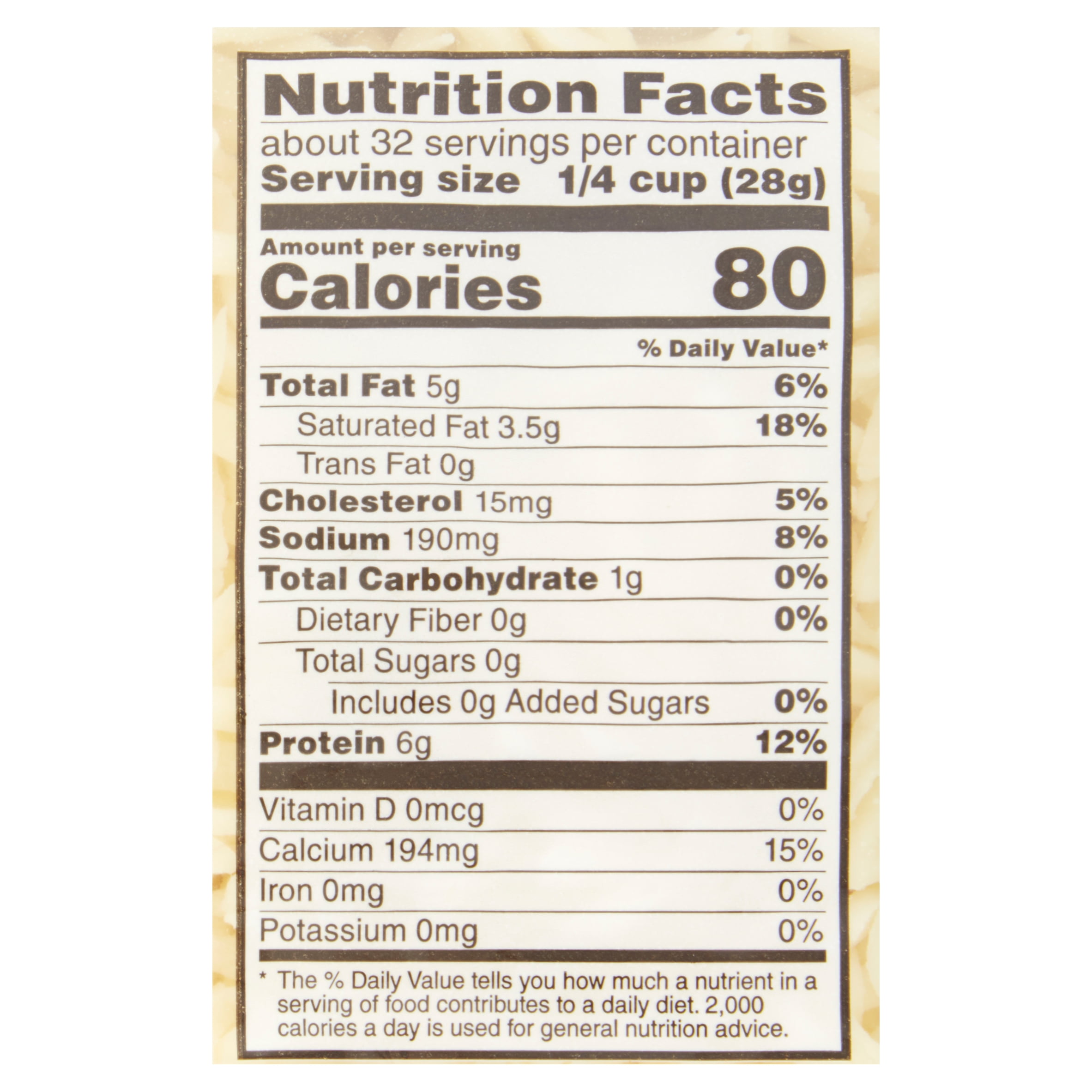

CALORIES IN SKIM MILK PROFESSIONAL
We strongly advise that you seek professional advice as appropriate before making any health decision. accepts no responsibility or liability whatsoever for the use or misuse of the information contained on this website. While all materials and links to other resources are posted in good faith, the accuracy, validity, effectiveness, completeness, or usefulness of any information herein, as with any publication, cannot be guaranteed.

Any results presented on this website do not constitute a warranty, guarantee, or prediction regarding the outcome of an individual for any particular issue. The information is not a substitute for medical or psychological treatment. You should always consult a qualified healthcare professional with questions about any medical condition. It is not purposed to replace professional medical diagnosis, treatment, or even advice. The information on this website has not been evaluated by the Food and Drug Administration and is not intended to diagnose, treat, cure, or prevent any disease. Kefir has about 1 since there are more bacteria in kefir to eat up the lactose. One cup of yogurt will contain about 4 grams of carbohydrates. Kefir is 99% lactose-free, which means all the milk sugars, or lactose, are mostly gone and this is why so many lactose-intolerant people don’t have a problem with kefir. Jack Goldberg of Go-Diet has measured this in his own laboratory. Therefore, you can eat up to a cup of plain yogurt, buttermilk, or kefir and only count 2-4 grams of carbohydrates. It is the lactic acid that is counted as carbohydrates. Since these bacteria have “eaten” most of the milk sugar by the time you buy it (or make it yourself) there are not many carbohydrates left. It’s been converted by these lactose-loving bacteria. So the milk sugars that the government thinks are still in the product are actually gone. It is this lactic acid that curds the milk and gives that sour taste to the product. These bacteria use up almost all the milk sugar called “lactose” and convert it into lactic acid. To make fermented foods (such as yogurt, kefir, and other fermented foods) the milk is inoculated with the lactic acid bacteria. Then, “by difference” they assume everything else is counted as a carbohydrate. The government makes manufacturers count the carbohydrates of food “by difference.” That means they measure everything else including water, ash, fats, and proteins. There is much confusion about the carbohydrate content on the packages of fermented food products. Everybody can enjoy the benefits which is another reason I encourage you to make it a part of your life. Make these microbes your friends and let them transform your foods into superfoods. The process of fermentation is a gift to us all and it can heal and make us well. Milk is demonized by many, and while milk has lost a lot of its nutritional benefits when it is pasteurized and homogenized, kefir transforms the milk into the healthy food that not only healed me but has healed thousands of others.

It will help your digestion, boost your immune system, and give you loads of energy. Fermentation preserves the vitamins and minerals and increases C and B vitamins. The content of lactic acid is 0.7–1% of the finished product depending on fermentation time. The lactic acid does have a small number of calories. It chemically breaks down milk with its abundance of bacteria and yeasts and converts the carbohydrates in the milk to lactic acid, leaving the milk with almost no lactose (99.9 % lactose-free). It differs in calories and nutritional differences depending on which type of milk you use. Kefir can be made with many different kinds of milk, be it non-dairy or dairy milk.


 0 kommentar(er)
0 kommentar(er)
